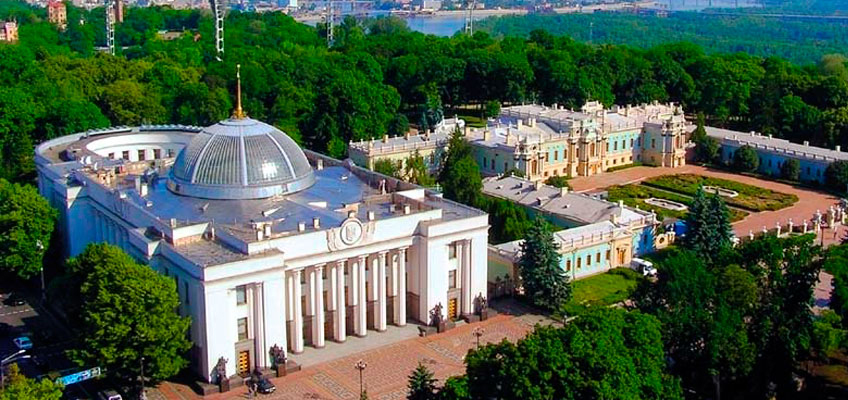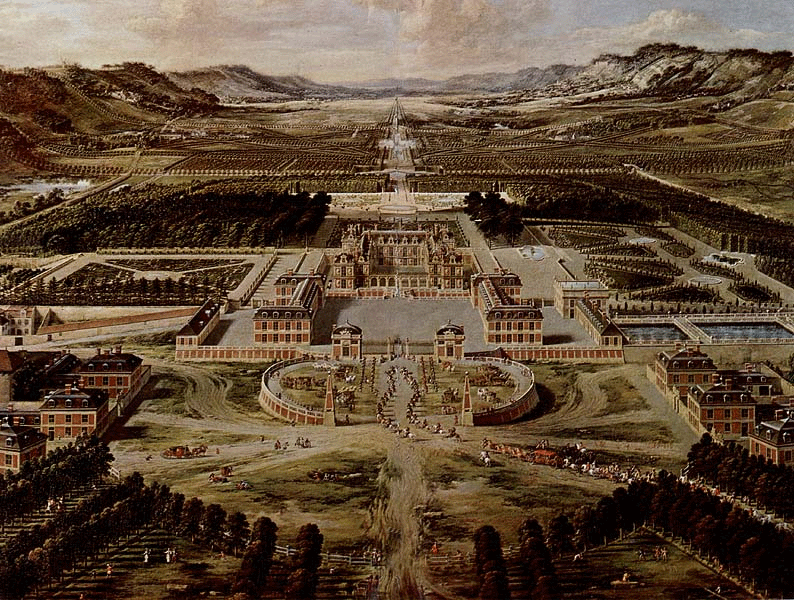As we learned in the first weeks of class, Ukrainian culture and history is tied deeply to other ancient civilizations being as the country basically came from nothing overnight after the fall of the Soviet Union. Not to say that Ukraine doesn’t have its own history, obviously the melding of these ancient cultures in the geographic area of Ukraine created a certain type of feeling or Ukrainianism, which most definitely has a colorful history.
Ukrainian architecture has links to medieval Europe, Slavic Tribes, and Greek and Roman Colonies of the Black Sea Region. One of the main connections that can be made in Ukrainian architecture that can still be seen today is the use of stone as a construction material in churches which comes from the Byzantine Empire. The Saint Sophia Cathedral in Kiev (below) is an excellent example of this style.

As you can see, this is also a connection to the Orthodox religion, practiced in Ukraine. The style of architecture of the church is the very same as The Hagia Sophia located in Constantinople (below).

The two churches share very similar styles under the Byzantium empire.
The Kozak Aristocracy laid the bricks to defining baroque style of architecture in Ukraine. Baroque architecture can be seen in 17th and 18th century Europe, and was a style which not only sought after a richer more elaborate exterior, but also a very well decorated and ornate interior. The Mariinsky Palace in Kiev (below) is a good example of this period of architecture, with its elaborate walls, gates gardens and fountains; not to mention the inside.



This Baroque Period is what also gave rise to the Palace of Versailles in France.
Upon arriving to the 19th Century, there begins to be a more Empire style of architecture in Ukraine that flooded in from the west.
One of the most interesting elements when observing the architecture in Ukraine is the fact that it is tied very closely with the west in almost all respects. Furthermore, the west has ties to capitalism, meaning that since medieval times, Ukraine has been ever so slightly moving closer and closer to a capitalistic style of architecture. The use of space as a political setting is very important here because it shows that the architects noticed how advanced the west was becoming through capitalism, and realized that this was the way to progress the geographic area and eventual Ukrainian Society, as a whole.
